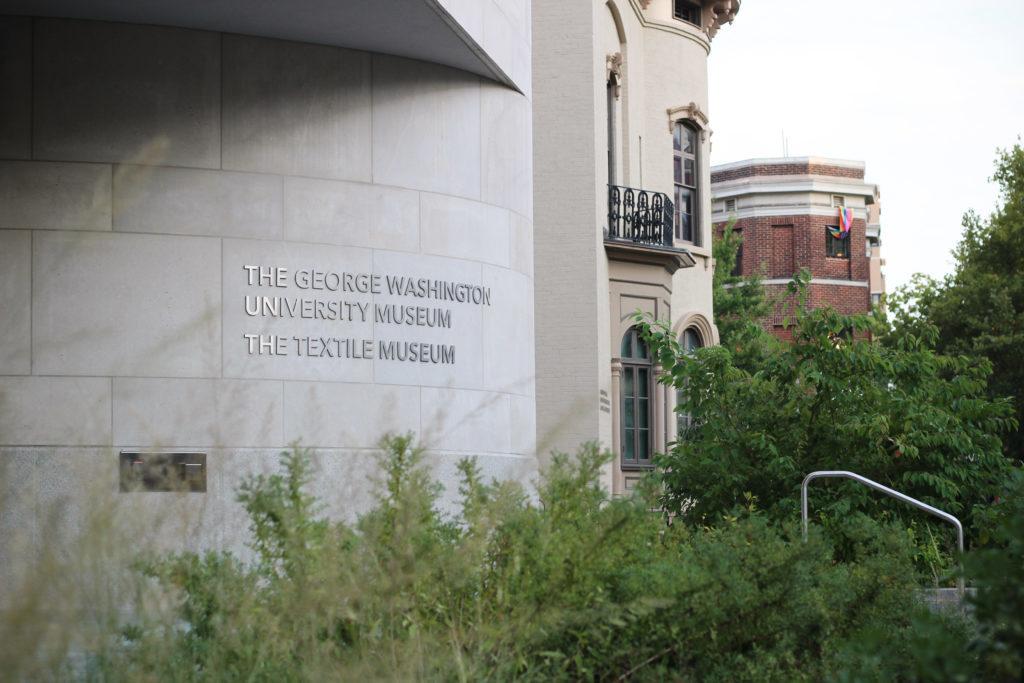Nine employees of the George Washington University Museum and Textile Museum voted unanimously to unionize Tuesday.
Nine of thirteen eligible workers at the museum voted to affiliate with Service Employees International Union Local 500. Union organizers said they plan to advocate for pay equity and parity to account for the cost of educational requirements and years spent working at the museum.
Katrina Orsini, a museum program associate, said after the museum received a $25 million donation from an anonymous donor who was happy with the museum’s exhibitions and public programs, museum employees felt the endowment should go toward their salaries, pushing them toward unionization. The donation is the largest in the museum’s history, with the most notable recent contribution to the museum totaling nearly $5 million in 2022.
“We really just want pay equity across the museum,” Orsini said. “And that would be salaries that reflect the kind of higher education degrees that we’re required to have in this field.”
Museum workers typically need at least a bachelor’s degree, with curators and archivists typically needing master’s degrees, according to the Bureau of Labor Statistics.
Orsini said the unionization process has allowed for increased collaboration between the museum’s on-campus site and its collection in Northern Virginia, and on logistical issues outside the union’s purview, like a faulty elevator at the museum.
“We’re just more tightly knit and able to deal with those things in a more communicative way, in a more organized way, now that we are like one big group ready to tackle things,” Orsini said. “That’s why I’m so confident that we will also ultimately be a better museum for this.”
The museum is the second GW body to unionize this year, after School of Medicine and Health Science residents and fellows unionized in May.
John Wetenhall, the director of the museum, said the union’s election will not change the museum’s shared values or employees’ commitment to work.
“I remain committed to supporting all of us here who contribute every day to furthering our museum’s impact on our academic community, as well as local and global audiences,” Wetenhall said in an email.
Gennifer Majors, an associate conservator at the Avenir Foundation Conservation and Collections Resource Center — the museum’s archive campus in Northern Virginia — said the idea to unionize came this summer, after museum employees across the country have elected to form unions. Since April, employees at the Walters Art Museum in Baltimore, the Museum of Science and Industry in Chicago and the Please Touch Museum in Philadelphia have unionized, and unionized employees at the Guggenheim ratified their contract last month after more than two years of negotiations.
“Museums are really in a state of flux, constantly, but especially right now with a lot of issues that they’re having to tackle,” Majors said.
Majors, who has worked at the museum for more than five years, said she hopes the union will help employees who have been with the museum for longer periods of time appropriately update their salaries.
“It’s definitely an important thing for us is to make sure that all of our coworkers get recognized the way that they should be,” Majors said.





